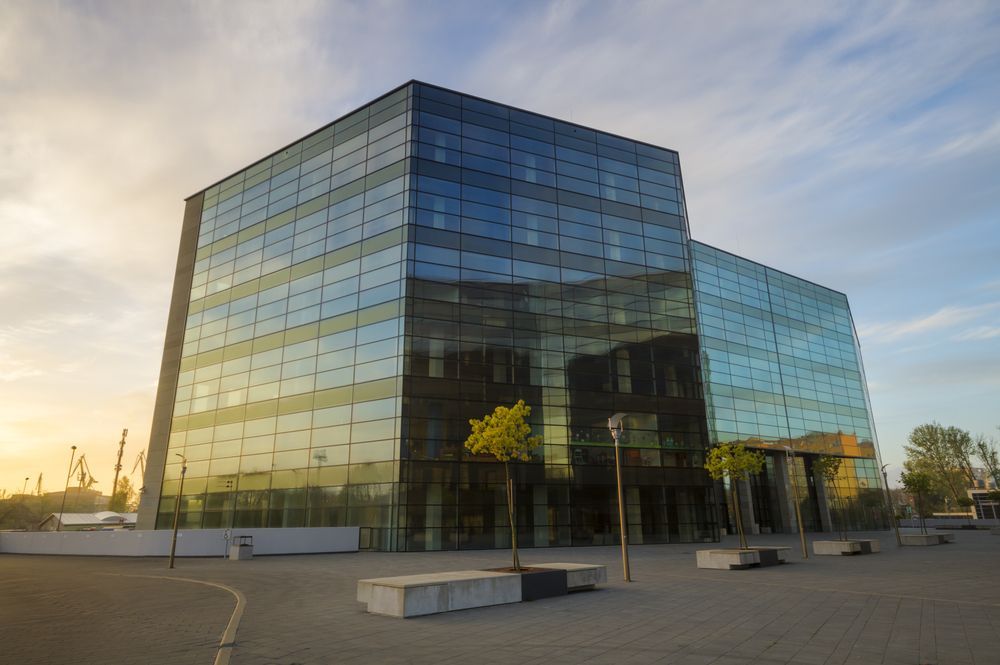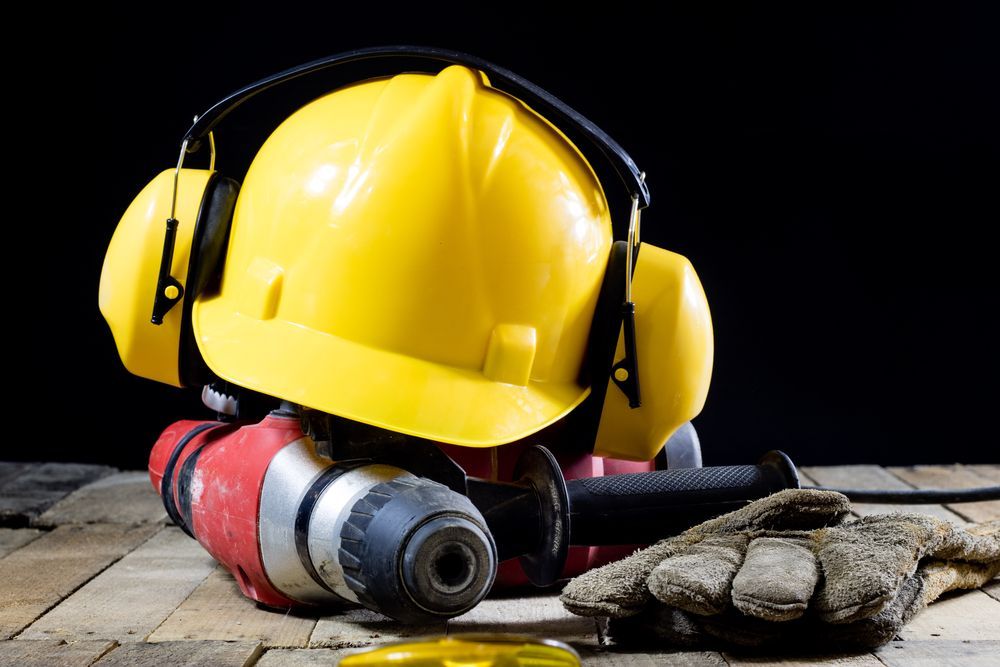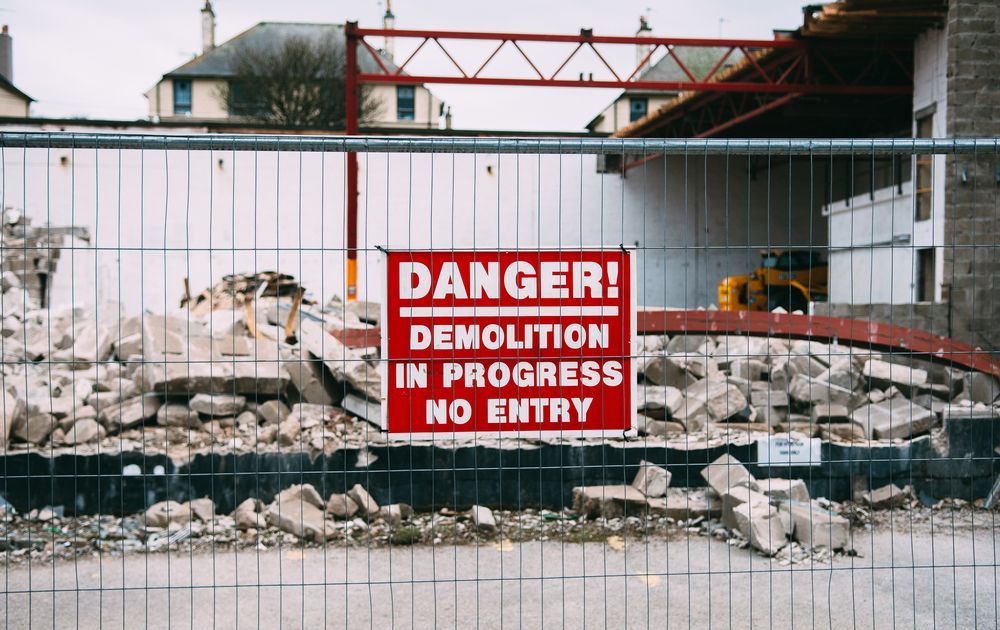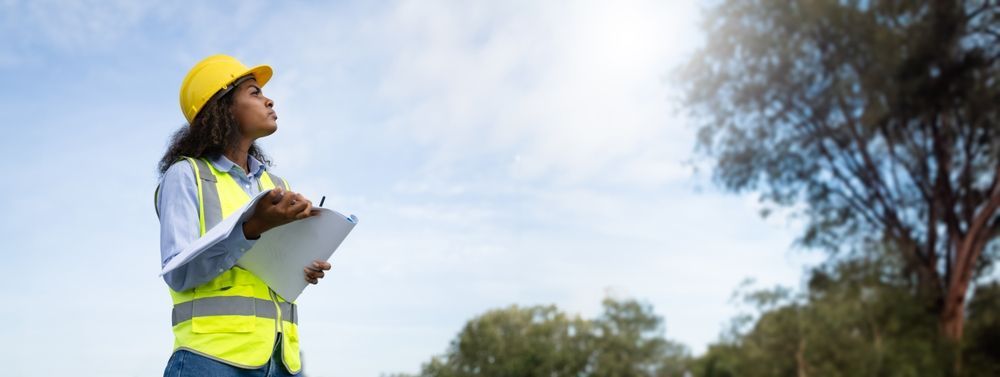How Long are Commercial Buildings Designed to Last?
Share this article:

How long does a typical building last before it’s time to knock it down?
While every structure is unique and a variety of factors play a role in its condition over time and its longevity, most experts estimate that the typical commercial building is designed to last anywhere from 50 to 60 years before extensive maintenance or preservation work is necessary to keep the property safe and viable. In this post, we’ll dive deeper into the life expectancy of buildings, how this variable is determined, and what measures can be done to make a commercial property last longer. Here’s a closer look:
What is the Life Expectancy of a Building?
Let’s start by defining just what life expectancy is. You’ve probably heard of life expectancy as it pertains to how long an individual or a population expects to live before they die. This number can fluctuate based on a variety of variables, such as gender, health care and medical advancements, diet and nutrition, exercise, lifestyle habits, and more. The life expectancy of a building, or how long a building can remain defect-free following its construction, is determined in a similar manner, which we’ll get into more in the next section.
Before we do, it’s worth noting that there are several stages that a typical commercial development goes through. The older it gets, the more routine maintenance and capital renewals are necessary to preserve the building so it remains functional. As it ages, particularly from 30 years on, it’s also likely to require adaptations in order to remain functional.
What Determines the Life Expectancy?
Unlike calculating the life expectancy for an individual or a population of individuals, there is no tried and true formula for calculating the life expectancy of a commercial building. There are, however, a variety of factors that can help determine how long you can expect a specific development to last. Here’s a closer look at some of these factors:
Location
There’s an old cliche that real estate is all about location – and it applies particularly when it comes to building longevity. For example, buildings that are built in fair year-round climates are likely to last for longer than those that are built in areas that are susceptible to more extreme weather conditions. Buildings in the northern United States, for instance, endure four seasons. Cold winter weather and the freeze-thaw cycle can take their toll on a property over time. The same can be said for properties that are built in areas more likely to experience inclement weather, such as hurricanes and high winds. Finally, buildings constructed in areas that experience earthquakes may not last as long as those constructed in areas that do not. Bottom line: Weather conditions and natural disasters play a significant role in building lifespan.
Materials Used
Ever wonder why some structures last for thousands of years while others only last for a few decades? While a commitment to preservation and restoration can help, one of the biggest factors involves the materials that are used to construct the building. Many contractors these days are under pressure to cut building costs and may use less quality materials, which can impact a building’s overall longevity. The best and most long-lasting building materials, conversely, include the likes of wood, brick, stone, concrete, steel, and iron.
Materials are important, but so too is the quality of the craftsmanship that goes into the building. Together, they can spell the difference between a building that’s set up to last for hundreds of years versus one that’s destined for the wrecking ball after a few decades.
Building Use
Don’t underestimate the significance of building use when it comes to longevity. For example, a warehouse or industrial environment that manufactures heavy equipment or uses harsh chemicals in its processes is likely to endure more wear and tear than one that serves as an office building. Just as a sports arena or stadium that plays host to tens of thousands of people each time there’s an event is going to endure more wear and require more attention than a hotel or residential development.
Desire
Last but not least, the desire to maintain a property for longevity purposes plays a large role. Like we said in the opening, the typical commercial property will go 50 to 60 years before significant maintenance and other work becomes necessary to sustain it. At this point in a property’s lifecycle, it’s easier for some owners to either build a completely new property and sell the current one due to
outdated features, floor plans, and other amenities, or demolish the existing property and build a new one. But if there’s a desire to allocate resources toward maintaining and preserving it, then a property can last a lot longer than just 50 to 60 years. Just look at many of the
historic buildings in the United States and some of the historic castles, churches, and other landmarks overseas. Many have been standing for several centuries.
How to Make a Commercial Building Last Longer
There are several ways you can ensure a commercial property lasts longer:
- Build with the intent of future-proofing. That is, try to anticipate trends or leave enough shell space for growth or additional amenities.
- Invest in the best quality materials during the construction of the project and a quality, professional contractor to build the project.
- Build for the environment: If you’re building in an area prone to inclement weather, use quality materials or reinforce certain areas of the property to avoid potential damage.
- Invest in maintenance and upgrades over time: Commit to maintaining and upgrading the property as necessary. In some cases, partial demolition and rebuilding or extensive renovations may be necessary to keep the property modern.
Contact Us Today
For more information on how long you can expect a commercial property to last,
contact us today.



